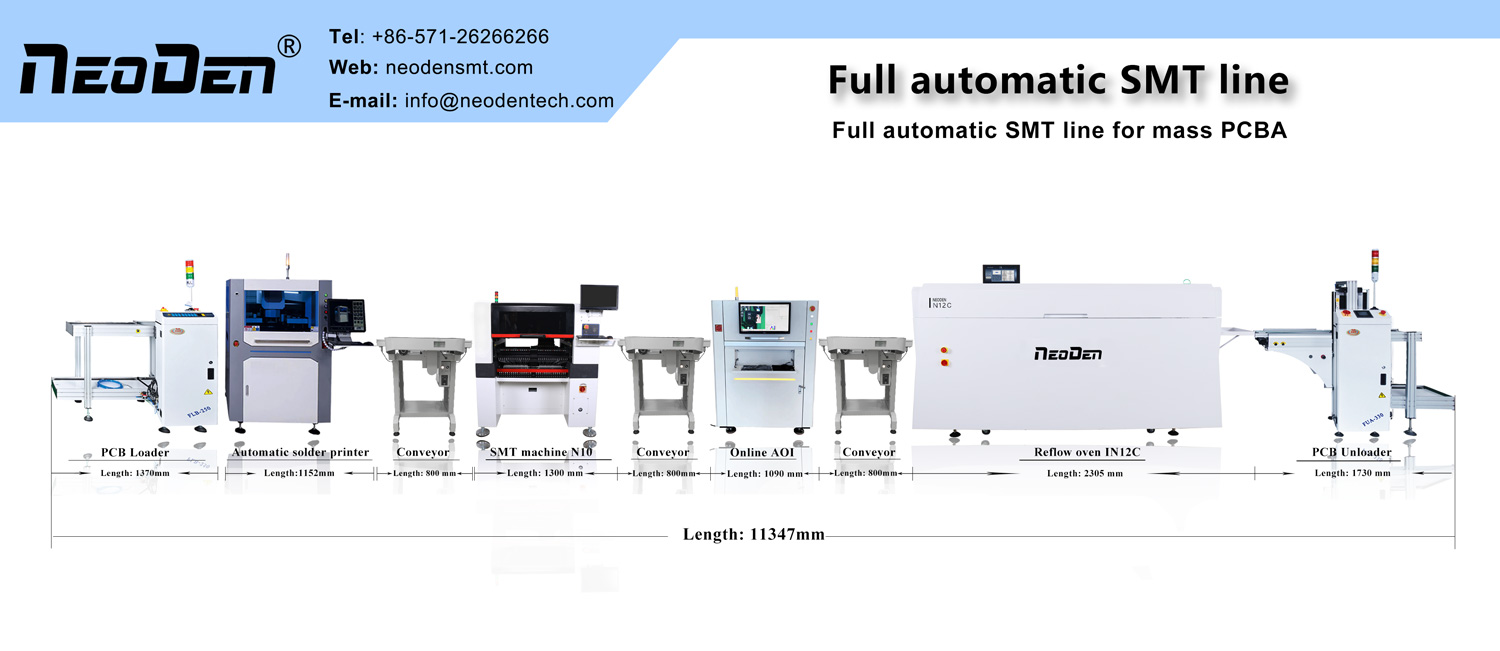Bypass
A bypass capacitor is an energy storage device that provides energy to the local device, which evens out the output of the regulator and reduces the load demand. Like a small rechargeable battery, the bypass capacitor can be charged and discharged to the device. To minimize impedance, the bypass capacitor should be placed as close as possible to the supply power pin and ground pin of the load device. This is a good way to prevent ground potential elevation and noise caused by excessive input values. The ground potential is the voltage drop at the ground connection when passing through a high current burr.
Decoupling
Decoupling, also known as decoupling. In terms of the circuit, it can always be distinguished between the source that is driven and the load that is driven. If the load capacitance is relatively large, the driving circuit has to charge and discharge the capacitor to complete the signal jump, and the current is larger when the rising edge is steeper, so that the driven current will absorb a large supply current, and due to the inductance in the circuit, the resistance (especially the inductance on the chip pin, which will generate a bounce), this current is actually a noise relative to the normal situation, which will affect the front stage This is the so-called “coupling”.
The decoupling capacitor is to play a “battery” role, to meet the changes in the current of the drive circuit, to avoid mutual coupling interference.
Combining bypass capacitor and decoupling capacitor will be easier to understand. The bypass capacitor is actually decoupling, but the bypass capacitor generally refers to the high frequency bypass, which is to improve a low impedance drain path for high frequency switching noise. High-frequency bypass capacitor is generally small, according to the resonant frequency is generally taken 0.1μF, 0.01μF, etc.; while the capacity of the decoupling capacitor is generally larger, may be 10μF or larger, according to the distribution parameters in the circuit, and the size of the change in the drive current to determine. Bypass is to filter out the interference in the input signal, while decoupling is to filter out the interference in the output signal to prevent the interference signal from returning to the power supply. This should be the essential difference between them.
Filtering
Theoretically (i.e. assuming that the capacitor is pure), the larger the capacitance, the lower the impedance and the higher the frequency through which it passes. But in practice, most capacitors over 1μF are electrolytic capacitors, which have a large inductive component, so the impedance will increase instead after the frequency is high. Sometimes you can see a large capacitance electrolytic capacitor in parallel with a small capacitor, when the large capacitor through the low frequency, the small capacitor through the high frequency. The role of capacitance is to pass high resistance low, through high frequency resistance low frequency. The larger the capacitance, the easier it is to pass the low frequency. Specifically used in filtering, large capacitor (1000μF) filter low frequency, small capacitor (20pF) filter high frequency. Some users have imaginatively compared the filter capacitor to a “water pond”. Since the voltage at both ends of the capacitor does not change suddenly, it can be seen that the higher the signal frequency is, the greater the attenuation, which can be said very graphically that the capacitor is like a water pond, not caused by a few drops of water to join or evaporate the change in water volume. It converts the change of voltage into the change of current, and the higher the frequency, the higher the peak current, thus buffering the voltage. Filtering is the process of charging, discharging.
Energy storage
An energy storage capacitor collects charge through a rectifier and transfers the stored energy through the converter leads to the output of the power supply. Aluminum electrolytic capacitors with voltage ratings of 40 to 450 VDC and capacitance values between 220 and 150,000 μF (such as B43504 or B43505 from EPCOS) are more commonly used. Depending on the power supply requirements, the devices are sometimes connected in series, parallel or a combination thereof. For power supplies with a power level of more than 10 kW, larger can-shaped screw terminal capacitors are usually used.
Pick and Place Machine Features—-NeoDen10
1. Place 0201, QFN and QFP Fine-pitch IC with high accuracy.
2. Front and rear with 2 fourth generation high speed flying camera recognition systems, US ON sensors, 28mm industrial lens, for flying shots and high accuracy recognition.
3. 8 independent heads with fully closed-loop control system support all 8mm feeder pick up simultaneously,speed up to 13,000 CPH.
4. Mouting height Up to 16mm, precision design and stable performance.
5. Support up to 4 pallet tray of chips (optional configuration), larger range and more option.
Post time: Oct-10-2022

